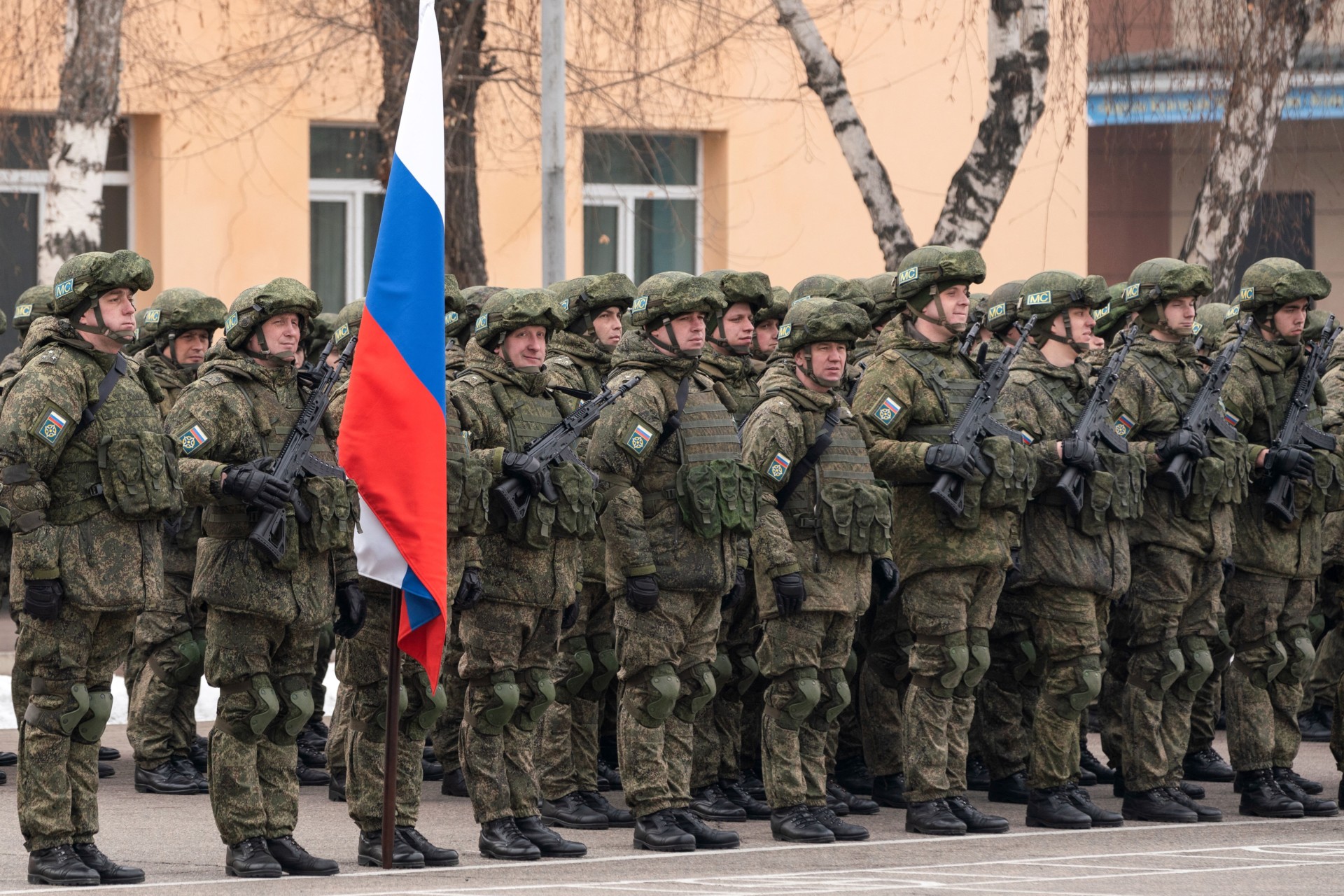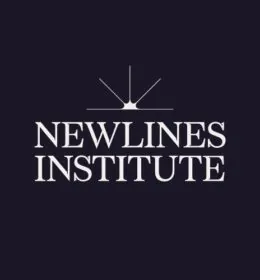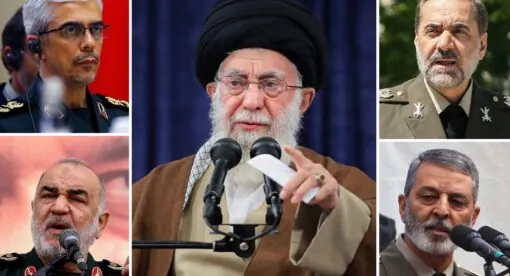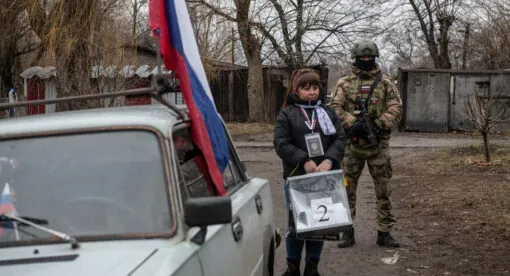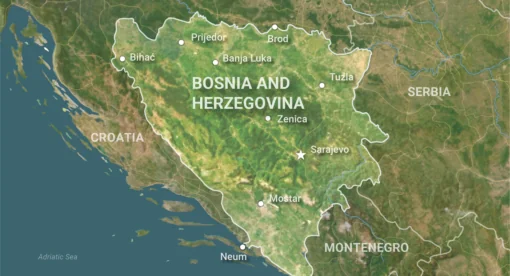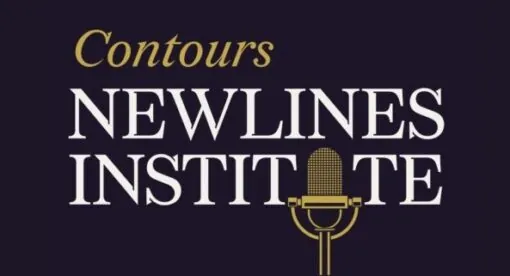Editor’s note: This is the first installment in a two-part Net Assessment about the ongoing crisis in Kazakhstan. This analysis looks at the factors behind the crisis, the Kazakh government’s responses, and the potential ramifications for the balance of power in Eurasia.
As with any major social and geostrategic upheaval, the ongoing events in Kazakhstan are driven by several dynamics. Popular socioeconomic discontent expressed by peaceful protests, the rivalry between ruling groups, trans-national Islamist elements, COVID fatigue and frustration, and the geopolitical ambition of regional players – including Russia, China, and Turkey – are all factors. The United States is relegated to spectating.
When law enforcement and security forces in Kazakhstan broke down, especially in the former capital and the largest city, Almaty, in early January, President Kassym-Jomart Tokayev was forced to take extraordinary measures. He assumed the post of the chairman of the Security Council; arrested Karim Massimov, the powerful chief of the National Security Committee, and replaced his two deputies; and appealed for support from the Collective Security Treaty Organization (CSTO, whose members are Armenia, Belarus, Russia, Kazakhstan, Kyrgyzstan, and Tajikistan). Moscow responded quickly, sending an emergency force consisting of a Russian Senezh spetsnaz unit, the Ulyanovsk airborne divisions, two airborne brigades, and a Russian Marines regiment – an official total of 3,500 troops.
Domestically, the crisis is about a state failing to develop mechanisms to vent popular discontent and to craft policies preventing unrest. It is also about the apparent inability to intercept radical and criminal destabilizing armed groups in a timely fashion. Dismissals across the security services and police, and some suspicious deaths or suicides of senior officers, are consequences of these failings. Given the age of the protesters, the unrest also reflects generational change. Whereas the older generation is Sovietized, Russified, and secular, some in the new post-independence generation are more Islamic, nationalist, anti-Russian, and bolder in the face of law enforcement.
Regionally, the responses to the Kazakh crisis illustrate the shifting balance of power around Kazakhstan and greater Eurasia. China, Turkey, European countries, and the U.S. initially warily observed the CSTO military contingent deployment. On Jan. 10, China offered its own security assistance, only a day before Tokayev announced a phased withdrawal of CSTO troops.
Kazakhstan’s resources and location make its stability important to outside players. Due to its geostrategic location, Kazakhstan is often referred to as the “buckle” in China’s multitrillion-dollar Belt and Road Initiative. It is the largest oil producer in Central Asia, pumping around 1.6 million barrels per day. At a value of $34 billion, oil represents nearly 60 percent of Kazakhstan’s exports.
It delivers its oil through three main routes: Russian ports in the Baltics, the Caspian Pipeline Consortium via Novorossiysk, and pipelines to China. Supermajors like ExxonMobil, Chevron, Eni, and TotalEnergies have invested tens of billions of dollars in the country since the collapse of the Soviet Union. Over the course of the protests, production at Tengiz, Kazakhstan’s largest oil field, decreased because of work stoppages. However, output is being gradually restored, a spokesperson from Chevron a spokesperson from Chevron said. Oil supermajors and other Western investors are carefully watching whether their assets will remain intact and won’t be subject to expropriation or unexpected excise taxes or transferred to Russian and Chinese oil giants.
Kazakhstan is also the world’s leading uranium producer, accounting for approximately 40 percent of global supplies estimated at 50,000 tons annually, produced by companies like Kazatomprom and Orano SA. Half of the supply there is exported to China, with the rest going to other markets like Canada. Moreover, Kazakhstan is home to the world’s second largest bitcoin mining operation. The internet and power outages across the country resulted in a 12% reduction of the total bitcoin hash rate (the amount of computational power used by miners dedicated to the minting of new bitcoins), with estimates of Kazakh miners losing over $4.8 million for every 24 hours with no connectivity.
Domestic Crisis Erupts
From the beginning of his presidency, Tokayev attempted to initiate a number of socioeconomic reforms, open political “windows” and “doors” to vent public discontent, expand upward social mobility, and allow more freedom of expression. But because of internal politics, these policies were not fully implemented. The political system’s slow and inadequate responses at all levels and the insulation of the elites resulted in weak feedback loops.
Moreover, high inflation raised the prices of goods to untenable levels. Limits on public events, including weddings and other celebrations, and on freedom of assembly due to the COVID pandemic further complicated legal forms of public expression. The result was a pressure cooker that exploded into the current crisis.
The initially peaceful protests began on Jan. 1-2 in the western parts of the country over a dramatic rise in fuel prices. On the first day of the year, the authorities lifted price caps on liquified petroleum gas, a common and affordable source of fuel for vehicles in Kazakhstan. Compounded by the introduction of electronic trading, government efforts to stop subsidizing liquified petroleum gas by 2022 (an initiative that began in 2019) led to the doubling of prices in just a matter of days, from 60 tenge ($0.14) to 120 tenge ($0.28) per liter.
Although fuel prices sparked the unrest, the protests were driven by broad discontent, especially over economic hardship. Initially, Tokayev made concessions to the demonstrators, reducing gas prices and freezing prices for a number of consumer goods. He promised that the government would meet with protesters and take measures to address popular complaints. Then the government was told to resign, but this, too, was insufficient.
However, this uprising can only be partially explained as a socioeconomic protest. There are two other elements here: an Islamist one, and a criminal one.
Law enforcement initially eschewed the use of force. But the hijacking of peaceful protests by violent elements and then armed extremists that the government declared terrorists led Tokayev to shift quickly from his initial offers to listen to demonstrator demands to one of swift action: labeling the uprising a foreign terrorist plot and dispatching security forces to quell the pillaging bands.
Russian social media quickly pointed fingers at the United States, Britain, Poland, and Ukraine, and President Vladimir Putin began talking about a “color revolution.” There have been reports of Islamist cells that clearly need to be investigated. Questions abound about their origin and prevalence. Who trained them and where? The government spokespeople and foreign observers said that these were the veterans of the Iraq and Syria wars and that many fought with the Islamic State.
What Went Wrong
Kazakhstan is a moderate Muslim nation, with some 70% of the population practicing Islam. This writer’s trusted sources in Kazakhstan explained that after the conflicts in the Middle East sparked by violent Islamist terrorist groups, some of the organization’s Central Asian participants – Kazakhs and others – have infiltrated Kazakhstan. Some Islamist cells were set up in the country. Many of the protesters organized open-air prayers, a rare occurrence in Kazakhstan, which gave the protests a religious character. There are also reports of at least one law enforcement officer being beheaded. This is not something seen in Kazakhstan. The intensity of fighting appeared unprecedented.
As the riots spread to all the regions and major cities, they became increasingly violent. Tokayev expected security forces to step in. Rioters attacked and stole weapons from police precincts and National Security Committee service arsenals and headquarters in Almaty and elsewhere. In some cases, servicemen initially put-up little resistance. The mob reportedly attempted to assassinate the governor of the Almaty region. This – and the insufficient response by the security services and police – is what brought about Tokayev’s appeal to Moscow to bring in CSTO troops. The country was in chaos, and the survival of the state was at stake.
The events in Kazakhstan suggest a failure of domestic security surveillance, early warning, and prevention measures. In many countries, security services contract out social monitoring to local contractors. There are research institutions, both state and private, which conduct polling, focus groups, and in-depth interviews, or use social media monitoring that often involves AI and word search algorithms, to plot the dynamics of public opinion. But it appears that the research and the preventive policy measures were inadequate.
The roots of discontent were not addressed. The rabble-rousers were not identified. The criminals and the looters roamed freely. In addition, the quality of governance and public administration was low, which the government admits. Now, Tokayev’s new Cabinet will have to address these challenges.
CSTO Deployment, Its Aftermath, and Russia’s Agenda in Eurasia
The CSTO troops represented a token detachment to demonstrate that Moscow commands an alliance, not unlike the Warsaw Pact, that can fight revolutions and uprisings throughout Eurasia. The troops were mobilized quickly and cleanly and served as a backup for the Kazakh forces that were putting down the riots. It was repeatedly announced that they did not take part in fighting.
Russian nationalists and empire-builders in Moscow attempted to capitalize on the Kazakh crisis. The rhetoric of rebuilding the Slavic core of the Russian Empire is rampant in Moscow. The integration of Belarus, occupation of parts of Ukraine, and pressure on Kazakhstan in recent comments and publications by Russian politicians highlight Moscow’s motives.
Even before the latest events, several politicians – including Duma Deputy Vyacheslav Nikonov, head of the Duma’s Education and Science Committee and Vyacheslav Molotov’s grandson – questioned Kazakhstan’s territorial integrity. Other Duma characters repeated this tune, which means this was a campaign, not an accident. This led to a rebuttal by Tokayev, but then Russian Foreign Minister Sergei Lavrov published a hectoring article criticizing the revival of the Kazakh language.
After the recent events, Russian ultra-nationalist “Liberal Democratic” party leader Vladimir Zhirinovsky, who was born in Almaty, called for the dismemberment of Kazakhstan, tearing off the northern regions populated by Russian speakers to join Russia. The Kremlin often uses Zhirinovsky to introduce ideas it wants to test.
Others, like Sergey Mironov, the leader of the Just Russia Party and a Putin ally in the Duma, called for the permanent staging of CSTO troops in Kazakhstan. The Baikonur space port and Sary-Shagan space weapons testing ground were reportedly taken under Russian control during the CSTO deployment.
Great powers are concerned about this idea. By increasing its military and security presence, Russia would control the Central Asian gas pipeline that provides 55 billion cubic meters of gas to Beijing annually. It would further control the “buckle” on China’s Belt and Road, becoming a principal participant in expanding the giant Chinese transportation project in Eurasia.
The CSTO military intervention was a shot across the bow against Turkish plans to expand the Organization of Turkic States, which promotes diplomatic, cultural, economic, and security cooperation between Ankara and Central Asian capitals, as well as the expansion of Turkish business interests in the region. Turkey convened an urgent meeting of the Organization of Turkic States regarding the situation in Kazakhstan, but the group’s diplomatic response tools are limited.
Moscow would also impinge on massive Chinese hydrocarbon and other investments in Kazakhstan, including some 55 projects receiving approximately $27.6 billion from Beijing, half of which are for oil and gas. China already offered security and military assistance to Kazakhstan during a phone conservation between Chinese Foreign Minister Wang Yi and his Kazakh counterpart Mukhtar Tileuberdi. According to this author’s sources, Beijing would like to see Moscow leave the buffer country between the two Eurasian giants.
Points of Concern
The question now is whether there will be a Kazakh nationalist response. If CTSO troops leave quickly, that can be avoided. However, if the forces stay, then their presence may become a religious and inter-ethnic matter, with dire consequences. The Russian presence, against the historic background of Russian colonial expansion into the Kazakh steppe in the 18th and 19th centuries, and communist genocidal collectivization, man-made famine, and forced sedentation in the 1920s-1930s, may stir the pot of nationalism and religious extremism to the degree that Russia would be unhappy. Thus, to protect social peace and stability domestically, Tokayev needs Russian and CSTO forces to go back home as soon as possible.
Events in Kazakhstan may affect U.S. and other Western investments in the country – not just the multibillion-dollar Exxon and Chevron projects in the Tengiz, Kashagan, and Karachaganak giant oil fields but also hundreds of millions of dollars in investments in massive uranium ore mining operations from French nuclear fuel company Orano, as well as other projects.
China and Turkey also are watching the CSTO intervention carefully. If Kazakhstan does not restore its domestic stability and balanced foreign policy quickly, the country has the potential to turn into an area of friction between Moscow, Washington, Beijing, and Ankara in Central Asia. This has implications in terms of how the great powers are handling the difficult tenants in Kabul, how the transportation routes of the New Silk Road are built and by whom – a lot of unknowns ahead. The government of Kazakhstan and its elites are recovering from the crisis and promise to restore the confidence of their people – and the world – in the country’s economy and its resilient spirit.
Ariel Cohen, PhD, is Non-Resident Senior Fellow at The Atlantic Council and Director, Energy, Growth and Security Program at the International Tax and Investment Center. He is the author of six books and monographs, including Russian Imperialism: Development and Crisis, and over 1,000 articles. He regularly contributes to leading TV channels, including CNN, BBC, FOX, and Bloomberg, and contributes to Forbes, The Hill, NEWSWEEK, and other publications. Dr. Cohen is the Founding Principal of International Market Analysis.
The views expressed in this article are those of the author and not reflective of an official policy or position of the New Lines Institute.

